
Project News
How we make our Soils for use in Aquaponics – Sahib Aquaponics Urban Research Farm
Following my initial article on Nov 19, 2012 and the follow up on Dec 10, 2012 re using soil in Aquaponics, I have received numerous requests for sharing how we make our own soil. We cover this in some detail in our workshops and provide numerous possibilities. In this article, I am going to share with you two of Sahib’s soil mixes, one for seed starting and one for the base potting soil. I have used these mixes for some years now and find that they vastly increase the range of what we can grow in our organic sustainable hybrid Aquaponics systems.
This growing method gives me the possibility of adding side dressing of organic based natural fertilizers (such as Bat Guano and Manganese Sulfate – Epsom salts), from the top for those plants requiring such. This enables me to control the nutrient requirements of the numerous vegetables on an individual basis. I hope that what I am doing and my style of Hybrid Urban Aquaponics will help you grow your own food locally, naturally and without the need of harmful pesticides and chemical fertilizers
Why make our own soil?
I find that most commercial potting soils contain non-organic synthetic chemical fertilizers and other ingredients that I do not want to use in my Aquaponics systems. Those that are certified organic (ORMI Listed – The Organic Materials Review Institute), usually tend to be pretty expensive. The main components of the potting soils tend to be Coir, Peat Moss, Perlite, Vermiculite and Compost. By purchasing the individual components separately I can make my own soil mix(s), that are Organic and suitable for my Aquaponics systems – soil that will not kill my fish!
Note: All mixes will be for a 5-gallon container – adjust accordingly to your needs. See below for photos of various products.
Sahib’s Seedling Soil Mix:
3.5 gallons Coir
1 gallons coarse Vermiculite
0.5 gallons Worm Castings (Vermicast)
Mix well and use in seedling containers to germinate your seeds. Once you have transplanted the seedlings, empty the remaining used seedling mix into your Worm Compost Bin or Sahib’s Base Soil Mix.
Sahib’s Base Soil Mix:
2 gallons Coir
1 gallon Peat Humus
0.5-gallon coarse Perlite
0.5 gallon aged pine fines
1 gallons Worm Castings (Vermicast)
Soil Amendments & Fertilizers added to this base mix (all organic and where possible, fish based):
1/3 cups – Bone Meal, Blood Meal, Kelp Meal, Azomite, Dolomite, Epsom Salts, Prosperous, Rock Phosphate, Organic All Purpose Fertilizer such as Bio-Organic and Espoma Garden Tone.
Mix well and use in your choice of containers (article to follow). Top dress as required for the specific plants such as Espoma Tomato Tone for tomatoes. At the end of the growing cycle, I will clean the base mix by removing all dead roots (put them in Compost Bins), and then add this to a new mix (about 50 to 60% usually remains). This way, we are building our soil and retaining numerous micronutrients for better growth and increased fruit yields.
Please note that following photos are for illustration purposes only. I do not endorse or am I paid by any company for listing such. You should use organic products available in your area.
So here you have two of Sahib’s soil mixes. I do add some other soil amendments and feeding to maximize plant health and fruit growth – we teach such in our Aquaponics training Workshops. Hopefully, you can attend one of them. You are welcome to share your ideas, designs, experience and comments.
God bless,
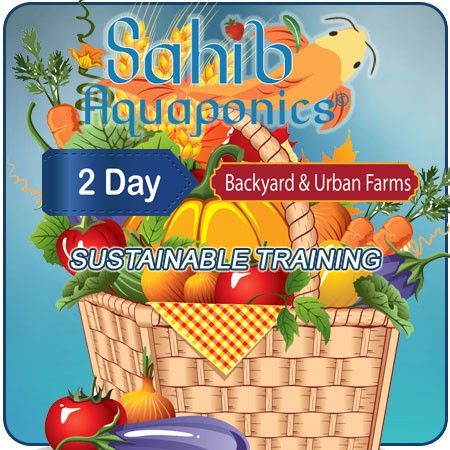
Project News
WHEN: Saturday & Sunday December 12 – 13, from 9:30 am to 5:30 pm.
WHERE: Sahib Aquaponics in Winter Park Commerce Center, 3586 Aloma Ave Winter Park, FL 32792 ()
Description:
2 Day Training – $395 Workshop – Course Workshop Manual and a Certificate of Participation serving Tea & Coffee refreshments, snacks and light lunch
Registration: http://sahibaquaponics.com/training-workshops/backyard-small-urban-farming/
Use Code “BOOK-EARLY” to get an early booking $45. discount – Offer Ends Dec,4

Project News
Sahib Aquaponics – What’s Eating My Plant Roots? As we entered summer here in Central Florida, I started to notice stunned growth in the Deep Water Culture (DWC), rafts of a number of the leafy greens that normally grow well in the heat. The Mint was growing leaps and bounds but the Basil plants looked weak and small compared to previous years. The Swiss Chard plants also started to have stunted growth. I performed all the usual water checks and confirmed that all was in order. The pH balance was around 7. Nitrates and Nitrates were where they were supposed to be and the plants were not showing any major nutrient deficiencies. Still I added a little Chelated Iron and a cap or two of Maxicrop with Iron. Let’s see if it is because of the stormy weather we have been having. Well the situation did not improve, it got worse! I knew that there was a faint possibility that perhaps some Tilapia had escaped or found there way into the DWC and were having a field day with the roots. I honestly did not want to believe that as I had done a major purge last year and introduced screens on return water pipes. I had found almost 40 Tilapia then (2 inches to 6 inches), and honestly thought that the issue has been solved. Last year I had failed to place screens on the return water pipes from the Tilapia breeding tanks (tied to my overall Aquaponics system in Phase 1 so as to provide a larger volume of water to encourage the Tilapia to breed). One hot afternoon as I was checking the breeding tanks and the fish I noticed lots of little black fry and saw that the filter on the return outlet from the tank had been knocked off allowing the fry to be swept to the DWC. I waited a couple of weeks and then worked with friends to drain the DWC and fish out the small Tilapia fish. I thought we had done a thorough job and had caught all the Tilapia. Last month I pulled out a few net pots and was shocked to see severe root damage. What amazed me is that in the 3 inch net pots, there were no roots left on the Tomatillo vines (see picture). Well now I was convinced that perhaps I had not removed all the Tilapia – so today along with one of our Interns and helpers I decided to “go Fishing”. I removed all the rafts and started to drain the water to storage tanks. No one really believed me when I said that there was ”something eating the plant roots”. There’s nothing here Sahib? Really! I designed a Fish Net Screen and one of my helpers along with one of our Interns started a systematic sweep of the DWC. About 10 minutes later, “Got it!” There was a 12 inch or so Tilapia hiding behind the floating Mint. We checked the rest of the DWC and did not find any other fish. Well we found what was eating the plant roots…one big Tilapia almost plate size. Lucky for this Tilapia that we decided to let him live and added him with the Koi.
-

-
Eaten Roots
-

-
East view
-

-

-
There it is
-

-
Got it!
So now we are ready for the late summer and early fall planting. I will share pictures of the new growth soon as well as continue with the Blog articles “What shall we grow today?” In addition to some common vegetables, the following are some other less known such as Bitter Melon (Kerela), Fenugreek (Methi) and Moringa (Drumsticks). Please let me know if there are any vegetables you would like to grow in Aquaponics and know more about them. God bless

Project News
It was a pleasant October morning during this farm tour. The hot days of summer are behind us with nicer days a head. Sahib had out of town visitors to the farm this morning. In this gallery you may see all the fall plants that will continue to grow well in fall weather. Sahib introduced Phase 3 to the wasteland plans of his urban farm. You can see those images below. Enjoy!

Visit & Tour
Thank you Sahib for your invitation to a private farm tour for the local Natural Health Professionals.
-

-
Sahib, Ashley & Dave
-

-

-
Suzy Harbot & Holly Waters
-

-
Rich & Toni Crabtree
-
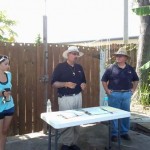
-
Ashley, Sahib & Dave
-

-
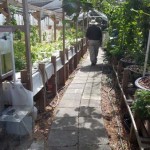
-

-

-

-

-

-

-

-
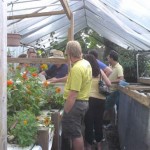
-
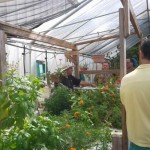
-

-

-

-
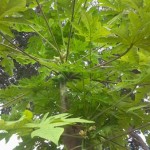
-
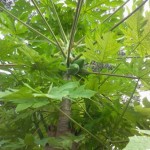
-

-
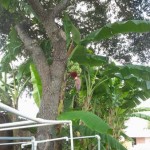
-
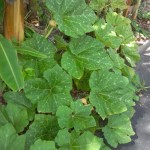
-
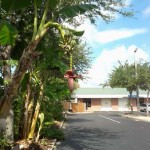
-

-

-

-

-
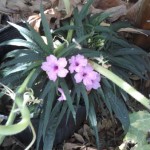
-
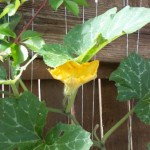
-

-

-

-

-

-
Art Gann
-

-

-

-

-

-

-

-

-
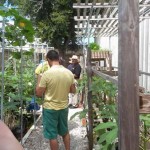
-
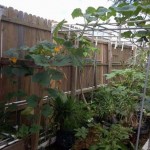
-

-
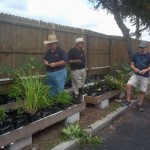
-
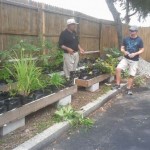
-

-

-

-

Professionals in attendance:
Toni Crabtree – Crabtree Healthy Living Certified Holistic Health Coach
Suzy Harbot – doTERRA Essentail Oils
Holly Waters – Master Gardener
Rama Erasmus – Life Coach




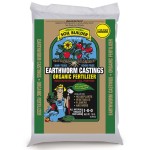



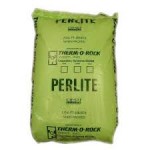






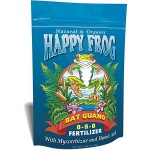
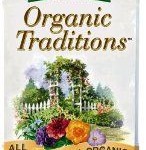



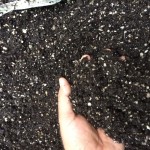















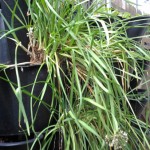


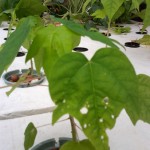




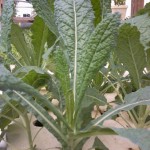



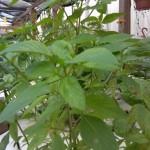
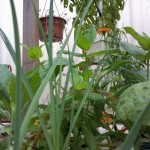



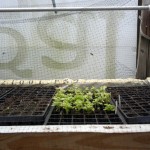
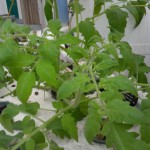


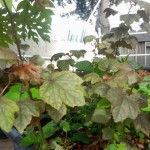
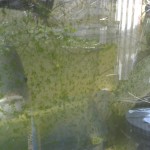
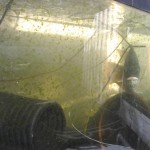

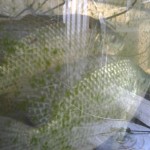
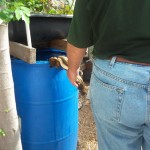
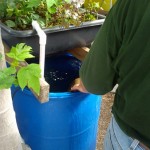


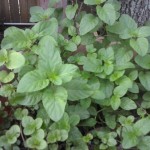





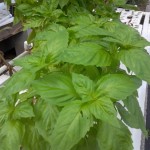


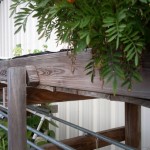


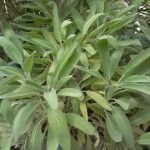


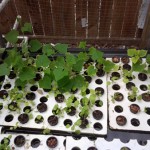

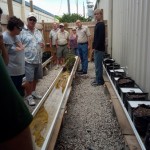

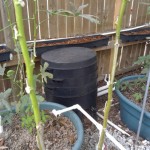

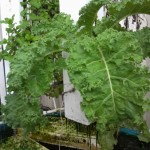
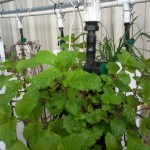



























































 Best Western Orlando East Inn & Suites
Best Western Orlando East Inn & Suites Crestwood Suites of Orlando-UCF Area
Crestwood Suites of Orlando-UCF Area Days Inn N Orlando/Casselberry
Days Inn N Orlando/Casselberry Park Plaza Hotel
Park Plaza Hotel Thurston House Bed and Breakfast
Thurston House Bed and Breakfast